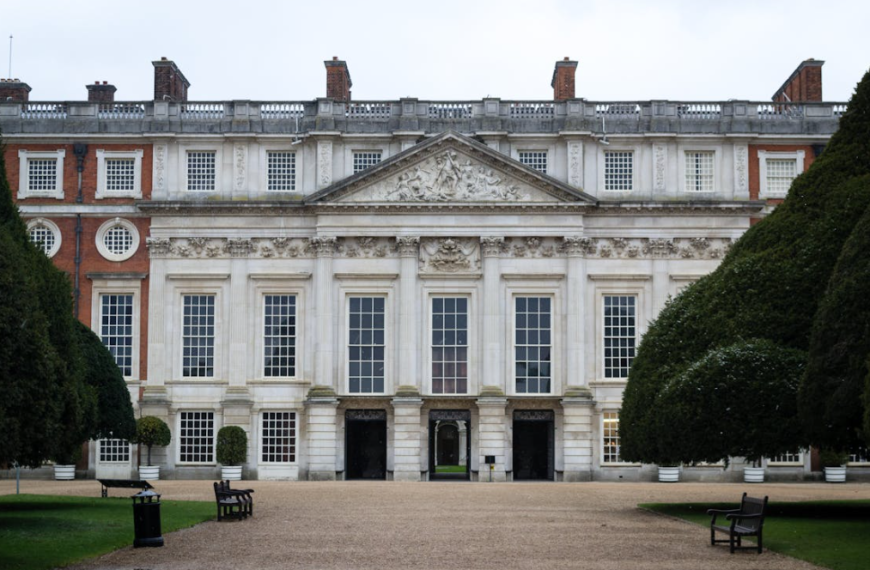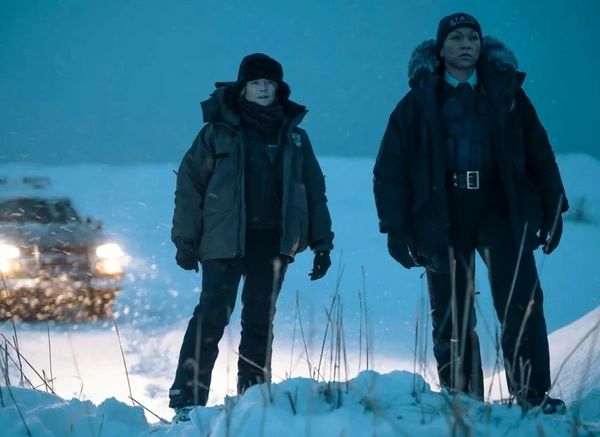Conspiracy theories often come up after sad events, like the killings of John F. Kennedy and Princess Diana. So, it’s not surprising that the most well-known shipwreck in history—the sinking of the RMS Titanic in 1912, where around 1500 people died—has a lot of conspiracy theories. Here are 10 ideas that challenge the commonly believed facts about what happened to the Titanic.
A German submarine fired on the Titanic.
Some people think a German submarine sank the Titanic, even though World War I hadn’t started yet. During the investigation into the sinking, many said they heard explosions after the ship hit the iceberg. This led some to believe a submarine attacked it. They say there was another ship nearby, and it could have been the submarine. But, the noises were likely from the ship breaking apart. Crew members explained the sounds were from the ship’s bulkheads breaking. Passengers also heard similar noises when the ship split in two.
An Egyptian mummy’s curse sunk the Titanic.
In 1912, a story circulated claiming a mummy’s curse caused the Titanic disaster. It started with four Englishmen buying a decorated coffin lid in Egypt. Supposedly, anyone who touched it got sick or died. Eventually, the lid ended up on the Titanic.
But there are problems with this story. The lid wasn’t on the Titanic, and it stayed in a museum until 1990. Also, nobody knows which mummy it belonged to.
Douglas Murray and journalist William Stead invented the curse story. Stead was on the Titanic and told passengers about the curse. When the ship sank, people thought the mummy’s curse caused it, but that’s not true. Stead died in the disaster, so he couldn’t say otherwise.
A fire weakened the Titanic’s hull.
A fire was burning in one of the Titanic’s bunkers when it sailed in 1912. John Dilley, a ship’s fireman, said the crew knew about it, but were told to keep quiet.
In 2017, Senan Molony suggested this fire helped sink the Titanic. He found photos showing marks on the ship’s side, which he thinks are burn marks. Molony believes the fire weakened the ship’s hull.
But not all experts agree. Maurice Clarke, Titanic’s safety officer, said such fires weren’t unusual. Edward Wildling, one of the ship’s architects, doubted the fire could damage the ship’s structure.
Some think the fire might have made the ship weaker, but the iceberg was the main reason Titanic sank.
The Titanic was speeding in an attempt to set the transatlantic speed record.
The Titanic was sailing fast, about 21.5 knots, when it hit the iceberg. Some say the captain sped up to break a record, but the Titanic wasn’t as fast as other ships like the Lusitania and Mauretania. These ships held speed records with speeds faster than the Titanic’s top speed. The Titanic was designed for luxury, not speed.
J.P. Morgan orchestrated the sinking of the Titanic.
There’s a theory online that claims J.P. Morgan sank the Titanic on purpose to get rid of some people who opposed his plans to create the U.S. Federal Reserve. These people included Benjamin Guggenheim, Isidor Straus, and John Jacob Astor. The idea was that once they were gone, Morgan could set up the banking system the next year. However, there’s no evidence to support this theory, and it doesn’t really make sense. Guggenheim and Astor didn’t speak out against Morgan’s plan, and Straus actually supported it. Other versions of this theory blame the Rothschild family or the Jesuits, but these claims are often based on antisemitism or conspiracy.
It was Titanic’s sister ship, the Olympic, that actually sank.
Some people believe that the Titanic sinking was actually a trick involving the ship Olympic. The Olympic was built before the Titanic and had an accident in 1911. The idea is that during repairs in Belfast, the ships were swapped so the Olympic could be sunk on purpose, and White Star Line could get insurance money.
However, this doesn’t make sense when you look at the facts. The Titanic cost more to build than it was insured for, so White Star Line lost money when it sank. Also, while the ships look similar, they have differences. For example, the Olympic had an open A deck, but the Titanic’s was enclosed. Plus, the ships had different hull numbers stamped on them: Olympic was 400, while Titanic was 401. The ship that sank had the number 401, confirming it was the Titanic, not the Olympic.
The Titanic’s propeller spelled NO POPE backwards.
The number 401 on the ship’s hull contradicts another myth about the number 3909 04, which some say spells “NO POPE” backwards. The idea was that this was a bad sign because shipbuilders, who were believed to be Catholic, saw it that way. But, according to the BBC, most of the workers were actually Protestant, not Catholic.
The Titanic hit pack ice, not an iceberg.
Captain L.M. Collins has a different view on what caused the Titanic to sink. Instead of hitting an iceberg, he thinks the ship collided with pack ice—large pieces of ice floating together. On the night of the sinking, there were warnings about this kind of ice, but they didn’t reach the bridge in time.
In his book from 2002, Collins explains that what the lookouts saw as an iceberg could have been pack ice, made to look bigger because of the weather and calm sea. He also says that ice on the deck and red paint on the iceberg could have come from the pack ice hitting the ship. However, most experts on the Titanic don’t agree with his theory.
The Titanic was accidentally steered the wrong way when the iceberg was spotted.
Louise Patten, granddaughter of Second Officer Charles Lightoller, suggested in her 2010 book “Good as Gold” that a steering mistake may have caused the Titanic to sink. When the iceberg was spotted, First Officer William Murdoch ordered Quartermaster Robert Hichens to turn the ship left, but Hichens turned it the wrong way, according to Patten. This delayed correcting the mistake.
Lightoller, who wasn’t on duty that night, supposedly learned about the error during a meeting of officers. Patten claims he didn’t mention it during the inquiry because he was warned the company could go bankrupt if found negligent. But Sally Neillson, Hichens’ great-granddaughter, disagrees, stating he had plenty of experience and would have known how to steer the ship properly.
The Titanic never sank.
If you were on TikTok in 2023, you likely saw videos saying the Titanic never sank (or promoting other conspiracy theories). Charles A. Haas, a founder of the Titanic International Society, expressed frustration with these claims. He said, “It’s disheartening to see all this nonsense.” Haas believes the many visits to the wreck since its discovery in 1985, the artifacts recovered, and the recent 3D scans of the deteriorating ship should put this theory to rest.









